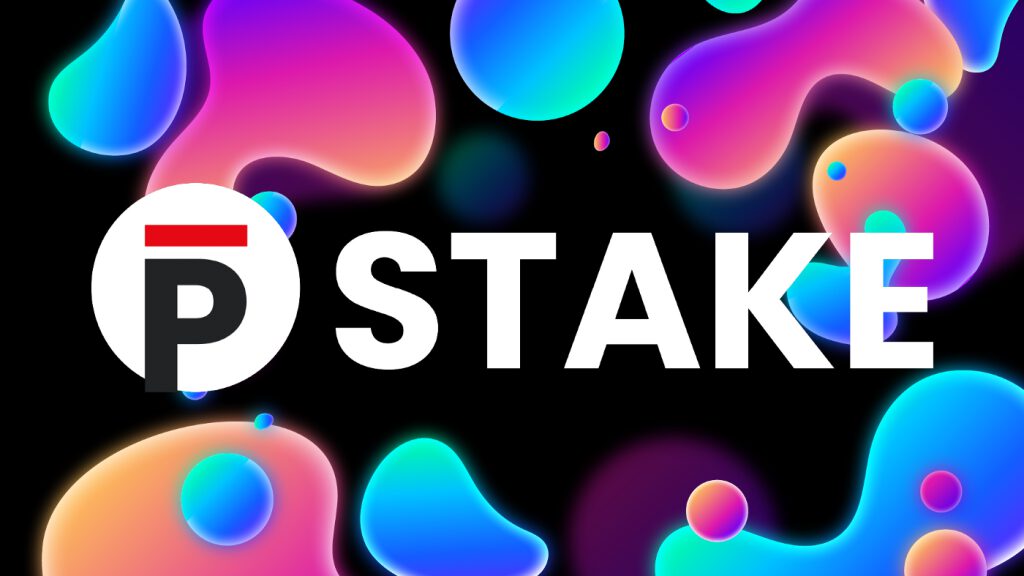pSTAKE Raises $10 Million Strategy Funding
The funding round saw some high-class participation from notable venture capital firms including the likes of Coinbase Ventures, Kraken Ventures, Tendermint Ventures, Alameda Research, Spartan Group, and Sino Global Capital. Some angel investors also tagged along representing projects like Alpha Finance, Aave, and Terra.
Meanwhile, the same team backing Persistence, an interoperable Proof-of-Stake (PoS) protocol, is still the same one currently developing pSTAKE.
According to the CEO and Founder of Persistence, Tushar Aggarwal says this funding round marks a major milestone for pSTAKE and the entire Persistence ecosystem. Speaking further, Aggarwal added that the round will help foster further accelerate the growth of pSTAKE while also establishing its presence in the Cosmos and Ethereum ecosystems. According to terms of the deal though, participants in the funding round will reportedly acquire PSTAKE tokens worth $10 million in total. The tokens are slated to be launched sometime shortly. Additionally, pSTAKE investors have also acquired XPRT — the native token of Persistence. This will offer them direct exposure to the overall Persistence ecosystem.
Aggarwal also noted that Persistence will be using the fresh funds to expand the team, scale the product even further, and improve security. And another portion of the funds will go into marketing and then the general development of the project.
Where Is Liquid Staking Coming In?
As Aggarwal says, the best user experiences are not gotten from locking up capital and staking yields are not in any way near the yields that are sometimes found in DeFi. This is exactly where liquid staking is supposed to come in.
When users are staking with a liquid staking protocol, they earn staking rewards and also receive tokens that are equivalent to their staked position.
For instance, staking Ethereum in anticipation of the ETH 2.0 launch, one only needs to lock up the ETH in the network’s blockchain and that’s it. But using a liquid staking protocol, a user could lock up that same ETH in the same manner. Only that this time, they’d also be given another token — pETH for example, which could then be used again in another protocol.
The benefits of a liquid staking model don’t end here, however. Going by Aggarwal’s statement, another benefit associated with the liquid staking model is that it allows users to be able to exit a staking position without having to wait for the usual unbonding period. That is the time between when a staker sends an unstaking transaction and when they receive liquidity of their assets.
For example, major networks like the Cosmos Network have an unbonding period of no less than 21 days.
pSTAKE Takes Over The Cosmos Ecosystem
According to the community dashboard of pSTAKE, it currently has about $30 million worth of assets staked, making it the largest liquid staking protocol in the Cosmos ecosystem. And with the new funding at hand, the team is full of high hopes to reach $100 million in total value locked by the end of 2021.


